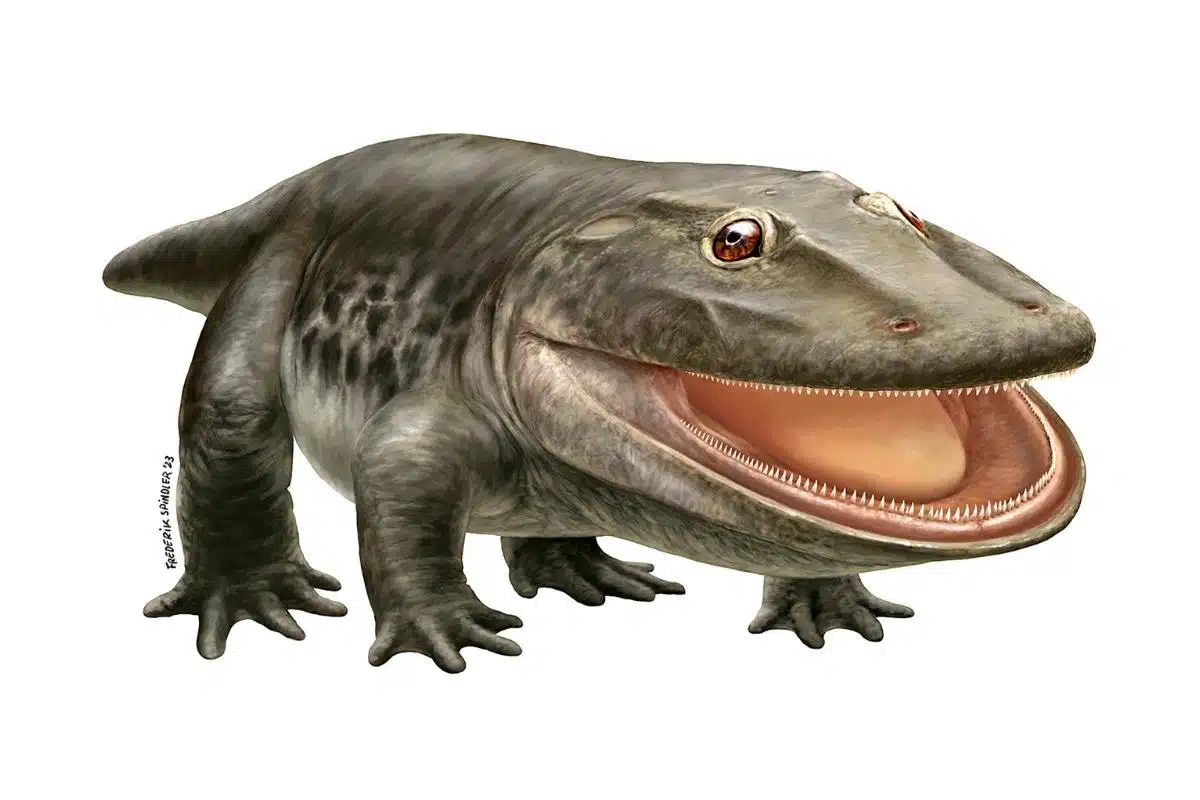We dive into the world of science, where a new species of dinosaur has been discovered and confirmed in 2024 that lived 300 million years ago. As a scientist, I still marvel at the ability to find a new species 300 million years later. If you want to learn more about the recent announcement about a new dinosaur species that roamed the earth 300 million years ago, continue reading.
Introduction
Stenokranio boldi is a recently discovered species of early amphibian that lived about 300 million years ago. This discovery, made by an international team of researchers, has enriched our understanding of prehistoric life.
The species was named in honor of Rudolf Bold, who discovered the holotype of Cryptovenator hirschbergeri. It represents a notable addition to the Temnospondyli group, a diverse assembly of ancient amphibians.
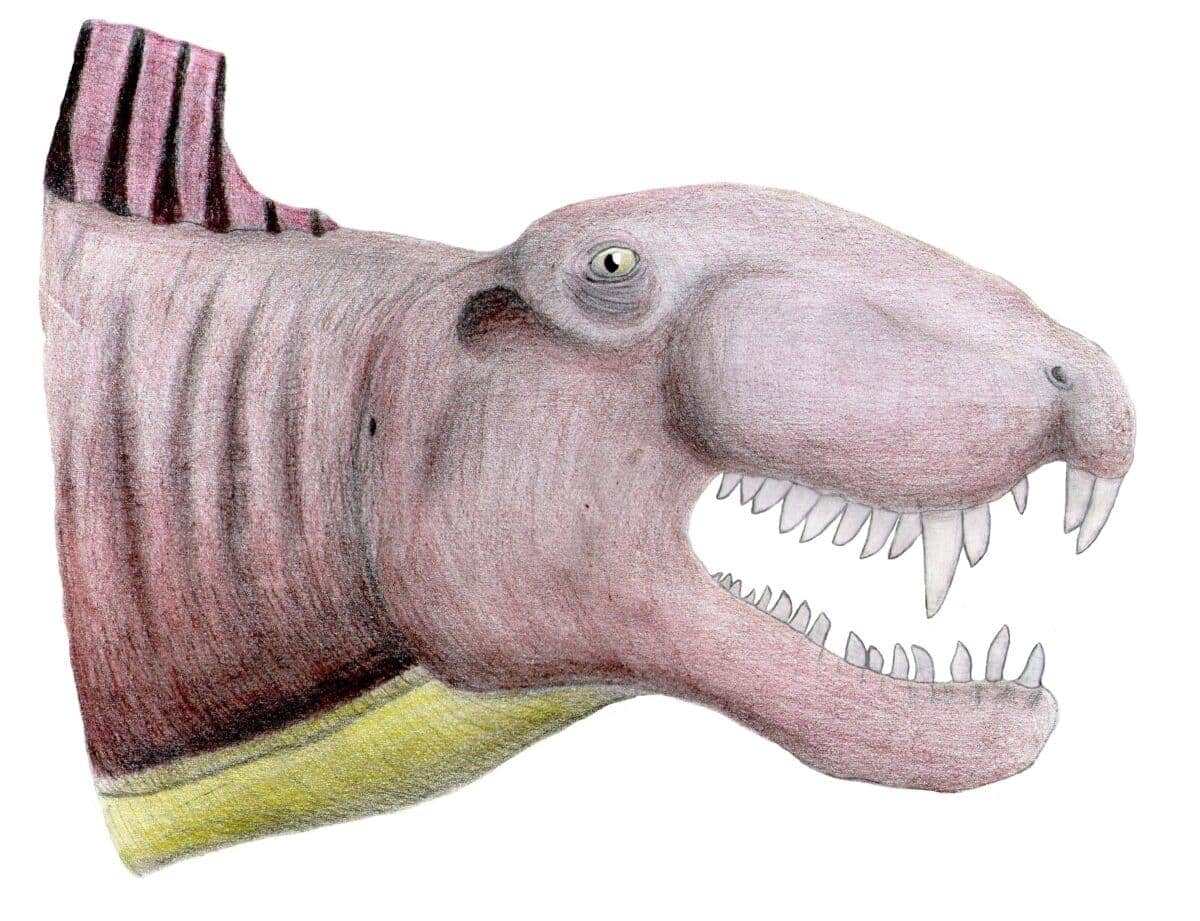
Characteristics of Stenokranio boldi
Stenokranio boldi is characterized by a combination of features, including a large, flat skull with several pointed teeth, indicative of its predatory lifestyle.
It measured up to 1.5 meters in length, and for this, it was one of the largest predators of its time. Its skull structure suggests that it fed on fish and other tetrapods, with three pairs of large, backward-curving fangs in the palate used for grasping slippery prey like fish. They are estimated to have weighed up to 70 kilograms.
The researchers suggest that Stenokranio boldi was semi-aquatic, similar to modern crocodilians, capable of living both in water and on land. It likely moved between habitats on land while feeding primarily on aquatic prey. The absence of lateral line grooves on the skull, a feature common in aquatic animals, implies it had a relatively terrestrial lifestyle compared to other amphibians of its era.
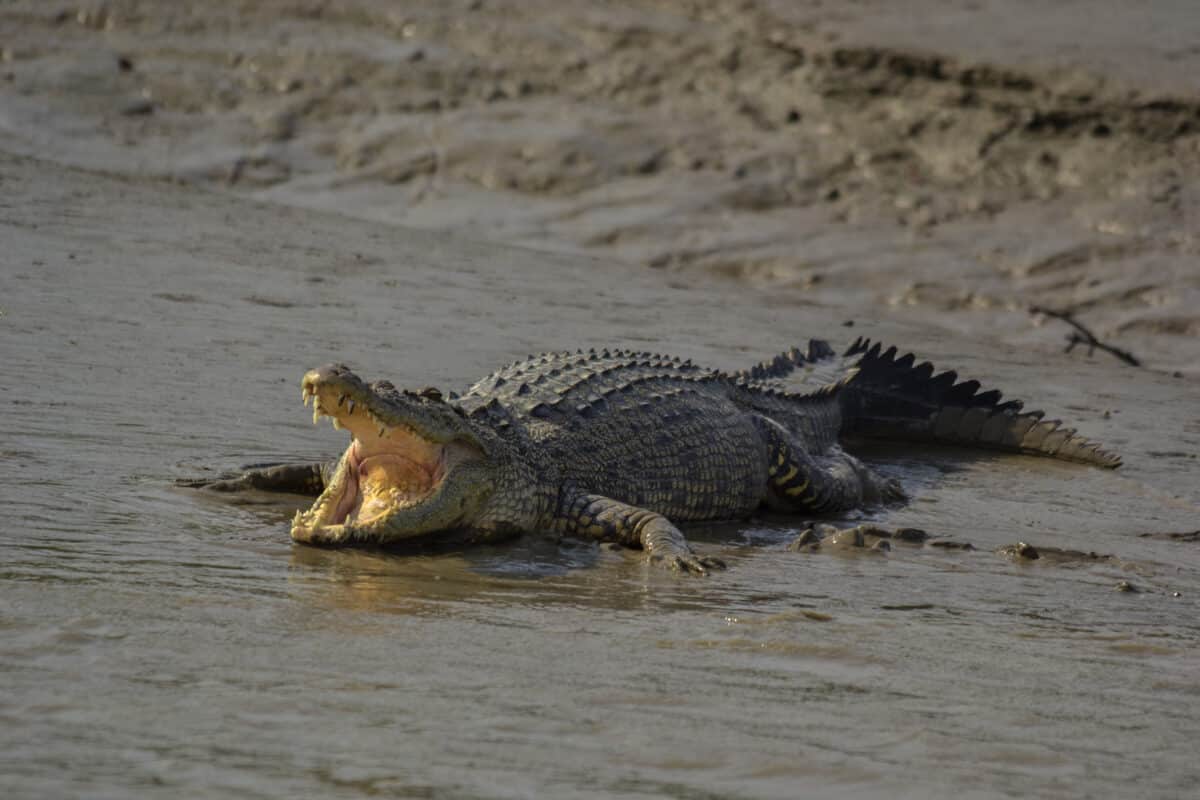
They lived long before the crocodiles emerged, it is assumed they occupied similar spaces around bodies of water and in the water that crocodiles do. However, Stenokranio is more closely related to frogs and salamanders than crocodiles.
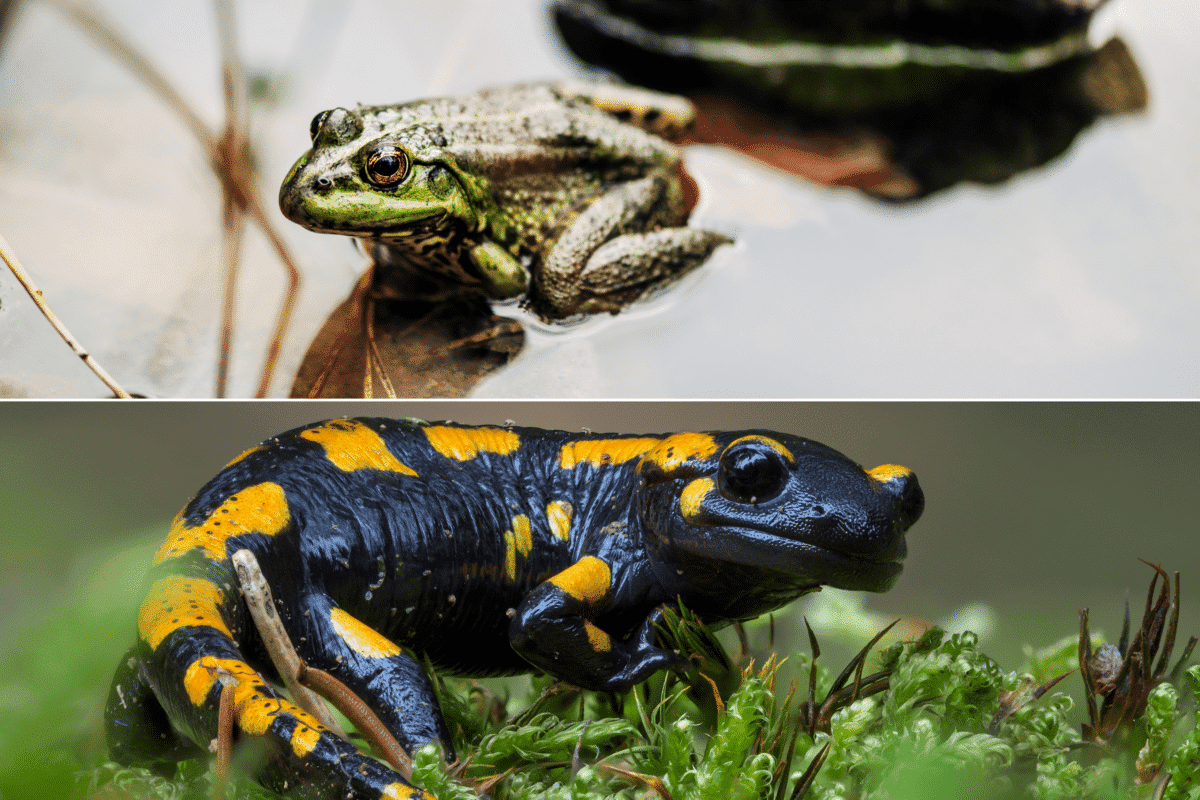
Where Was This Discovery Made?
This amphibian’s discovery came in the Rotlegend, located between Kaiserslautern and Trier in western Rhineland-Palatinate, Germany.
Stenokranio is part of the most well-documented prehistoric community in Europe. There have been three other tetrapod species remains found in this area.
Some Early Insights About Stenocranio
The paleobiology of Stenokranio boldi, however, is subject to debate. Its ecology and behavior are inferred from the fossil evidence and comparisons with related species. For instance, Stenokranio occupied an ecological niche similar to that of later crocodiles. The amphibian was a lurking hunter in and on the edge of tropical waters and played a crucial role in the prehistoric ecosystems of Europe.
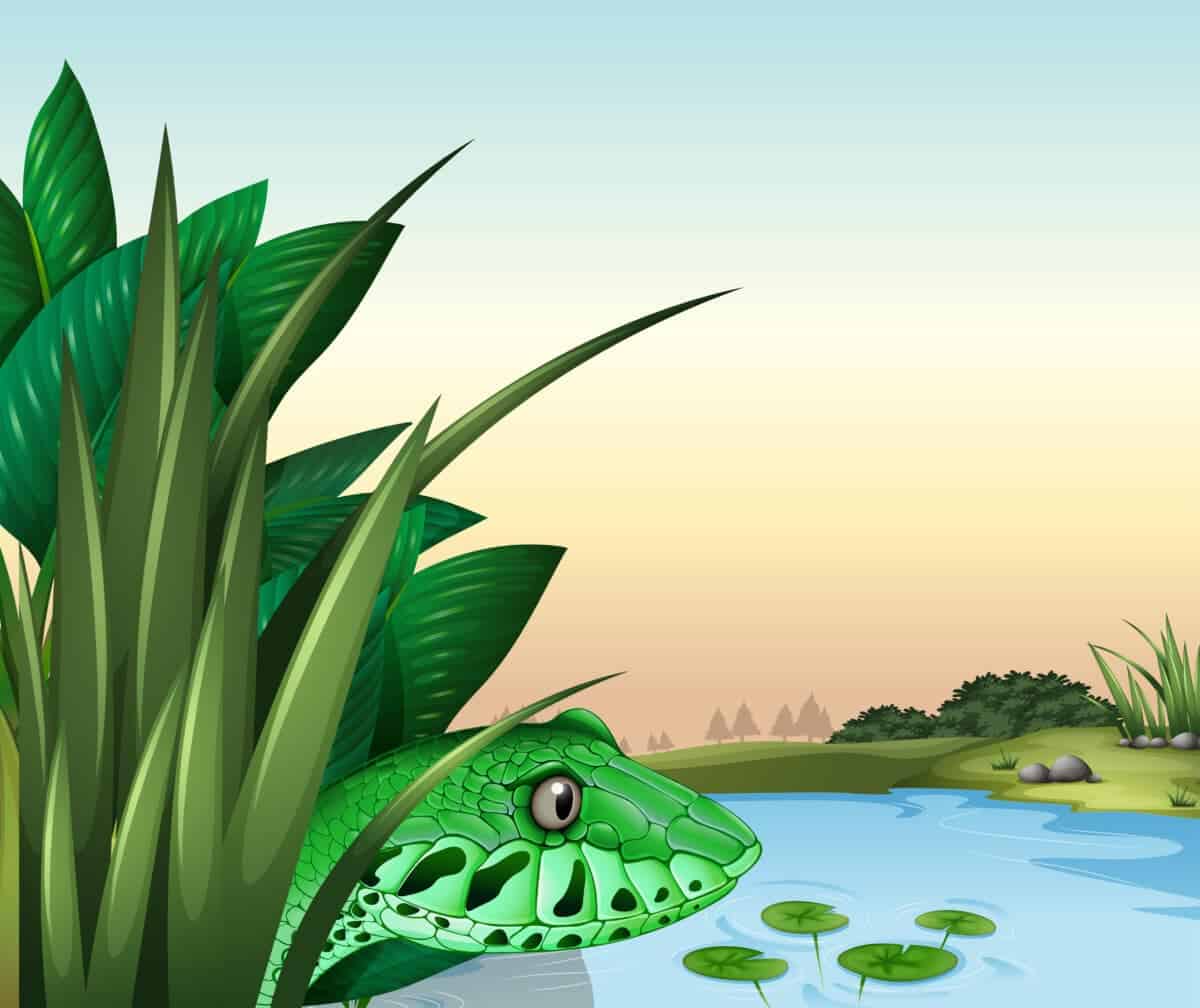
Wrapping up
The discovery of Stenokranio boldi not only contributes to our understanding of the diversity and interrelationships of extinct creatures in the late Paleozoic but also offers new perspectives for comparing similar habitats in Europe and the United States. The region where it was found, near today’s Remigiusberg, was once a tropical river and lake landscape, offering a rich environment for such a species.
The discovery of Stenokranio provides new insights into the evolutionary history of amphibians and the ecosystems of the Paleozoic era.
If you enjoyed learning more about this dinosaur discovery you might enjoy the following articles:
- Top 10 Dangerous Prehistoric Animals
- Discover the Fascinating World of Long-Neck Dinosaurs
- Dinosaur Tracks Revealed In Texas Due to Drought
Join our Forum for free today!


